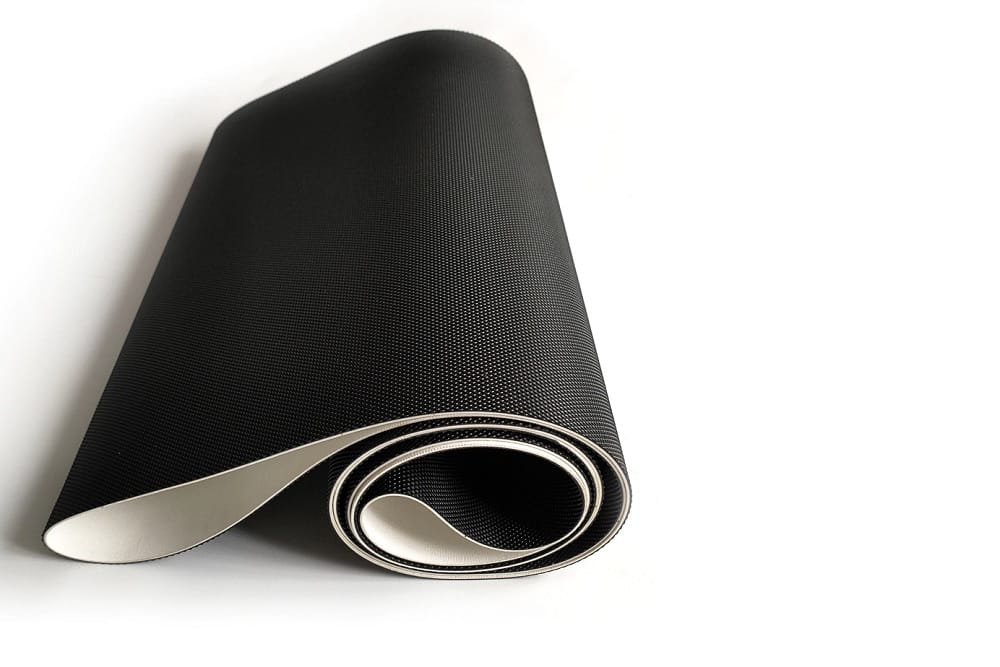Conveyor belts come in all shapes and sizes, but they share a common purpose – to convey objects from one place to another. These systems have been put to all sorts of uses in all sorts of industries. Here are a few of the fascinating ways in which conveyor belt systems have been employed in industrial fields.
Mining
The mining industry pioneered the use of conveyor belt systems. In 1905, the first conveyor belt system was installed in a coal mine. Previous to this innovation, coal had to be moved out of mine adits and shafts by means of dangerous and labor-intensive ore carts pulled by locomotives, donkeys and in some very unfortunate cases young boys. Conveyor systems allowed for a continuous shaft to truck flow and saved mine owners many thousands of dollars.
Recycling
Recycling is one of the most common areas of use for conveyor systems of the roller chain and slider bed styles. Companies like Fluent Conveyors in the USA provide the recycling industry with bespoke conveyance solutions. The range of recycling systems that the company produces is pretty typical of a company geared towards providing for the growing recycling industry and can be seen on their website: fluentconveyors.com. Recycling is a necessarily expanding industry: there is simply a finite space for landfill waste on this crowded planet. Recycling companies are taking advantage of increased need and proliferating government contracts around the world.
Manufacturing
The enigmatic (and perhaps just a little bit evil) Henry Ford revolutionized the manufacturing industry when he incorporated conveyor belt systems into his factory producing the iconic Model T car in 1913. The conveyor belts were an essential part of Ford’s ‘moving assembly line’, which transported parts and tools to workers who performed specific and invariable tasks. This meant that Model T cars could be produced cheaply, efficiently and to a very high quality. Since then, conveyor belt systems have been absolutely inseparable from factory production processes. The moving assembly line is by far the most efficient way of producing everything from automobiles to toothbrushes. It is a double-edged sword: automation costs jobs but makes items cheaper to produce and buy.
Printing
In the early 20th Century, literacy was on the rise and the newspaper barons of the USA had a captive new audience. They needed a way of producing millions of papers every day. The answer was a conveyor system: quickly conveying newspapers one by one to the printing blocks, drying areas and eventually, packing workers.
Shipping
The days of the traditional raw material longshoreman are over. Instead of men shoveling coal, salt and cereals onto ships by hand, conveyor belts now efficiently move tons and tons of material into the holds of cargo ships every hour all around the world. When a ship reaches its destination, onboard conveyor systems unload cargo onto shore. In the fishing industry, trawlers often contain conveyor belts so fishermen can sort and gut fish while still on the high seas.

